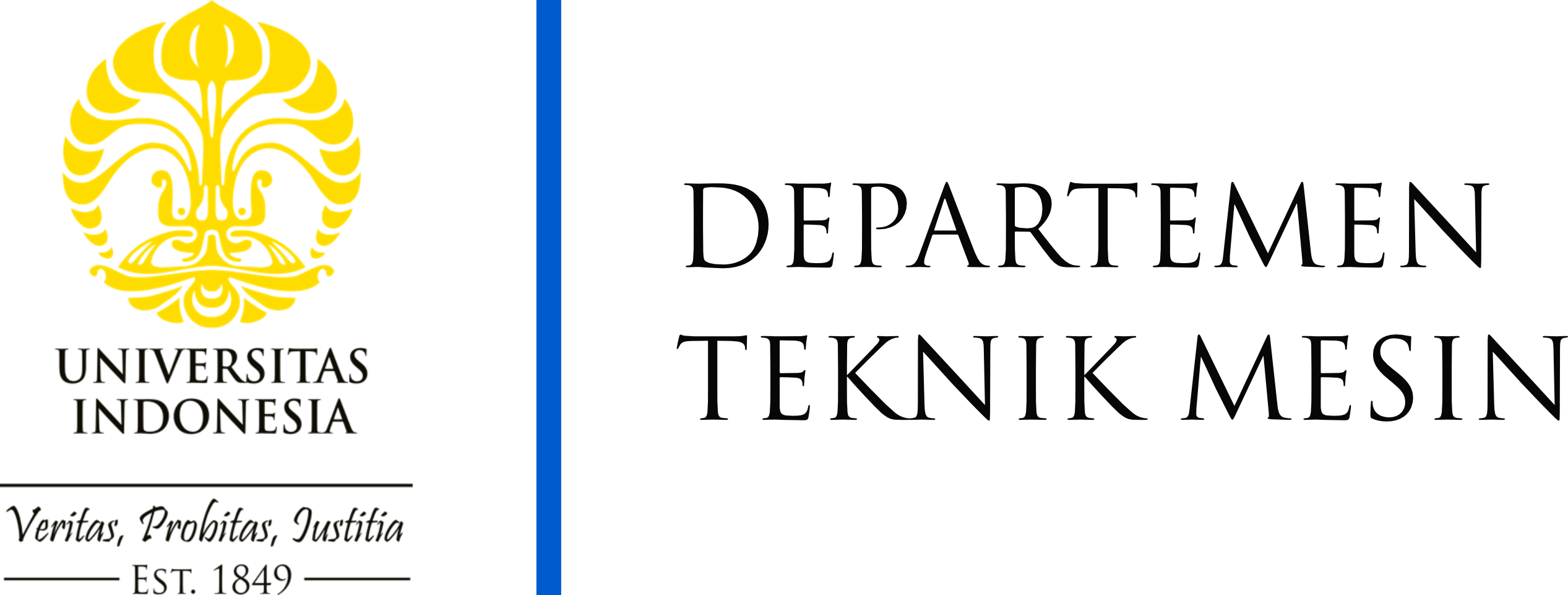waskito@eng.ui.ac.id
kurniawan.teguh03@ui.ac.id
2009-2013: Bachelor, Naval Engineering, Universitas Indonesia
2012-2014: Master, Mechanical Engineering, Universitas Indonesia
2014-2016: Field Professional, Halliburton Oilfield Services, Jakarta
2017-2020: PhD, Osaka University, Osaka, Japan
2020-2021: Associate Researcher, National Maritime Research Institute, Tokyo, Japan
2021-2022: Associate Professor (Research Fellow), Kobe University, Kobe, Japan

We nurture people and technology by ways of preparing human resources with sustainable green technologies to preserve the planet and society
Indonesia has a long coastline and one of the world’s largest archipelagos. Located in a tropical zone and laid between two oceans provide considerable potency on sea current circulation and free surface wave heights. Considering many remote areas of the island and coast, we are pushing the research and development to utilize the ocean space with integrated blue energy systems. We are developing a reliable, effective, low-cost wave energy converter using a hydraulic power take-off. Further, by combining wave energy with solar and wind energies, we provide clean energy systems to preserve the planet and create a sustainable environment.

We develop the research on ocean renewable energy, which we called ON-POWER (Ocean POWER). Research on ocean renewable energy currently faces enormous challenges in making the technology cost-efficient and profitable to scale up. The harsh environment of ocean waves offshore implicates more uncertainties of the operation and maintenance of any floating structure to survive and hence hinder the feasibility of ocean energy development far offshore. For that reason, at the preliminary stage, we develop a more practical ocean energy converter around the coastal, shallow to medium water. According to meteorological data, the coastline of outer islands in Indonesia facing Indian and Pacific oceans has considerable potency of waves, currents, and winds. Besides, solar resource is also abundant in a tropical zone like Indonesia. Solar and wind energy technology step forward more mature than wave and tidal. However, it is attractive to make the technology more viable.
Meteorological data enables to support the mapping of potential locations. Our knowledge and tools developed so far can investigate how to effectively absorb energy from waves and tidal. The hydraulic systems are designed with optimum performance to transmit the hydromechanical power efficiently and connected onshore. It can significantly reduce the environmental issues, installation, operation, and maintenance costs. In addition, wind and solar may be constructed in integrated hybrid systems with waves and tidal.
The “Green Port” concept encourages a container port to use electrical energy to operate its transportation. We conducted measurements at Hakata Port with a 910,000-TEU capacity with energy consumptions mostly distributed in the reefer storage yards, gantry cranes, and tenant electricity. Based on the data distribution, the container port managed its energy by developing a technology to reduce energy consumption in its reefer storage yards and make operational arrangements for its gantry cranes, so the peak loads could evenly be distributed over a determined and limited period.

Sea transportation has grown inherent with the growth of economic activity. Recently, bulk carriers, oil & gas tankers, and container ships account for around 85% of shipping activity. The current trend in the shipping industry is toward the evaluation of ship performance in actual seas. For that reason, we develop ON-SHIP (Ocean-goiNg Ship High Performance). By implementing optimum ship weather routing, ship motions and speed loss are evaluated to ensure safe, economical, and environmental-friendly shipping. Besides, the evaluation of wave loads for ship structural strength is another critical aspect. Hence, we can define optimum ship designs based on performance and structural strength evaluation. Using the computer programs that we have developed so far complemented with the meteorological and wave simulation methods, we can evaluate ship performance in actual seas with reliable accuracy. These works will be beneficial for ship classification company to develop their rules. For a shipping company, this knowledge may help reduce the operational costs of their ship voyages. These tools may also support defining the optimum ship design for a shipbuilding company.
